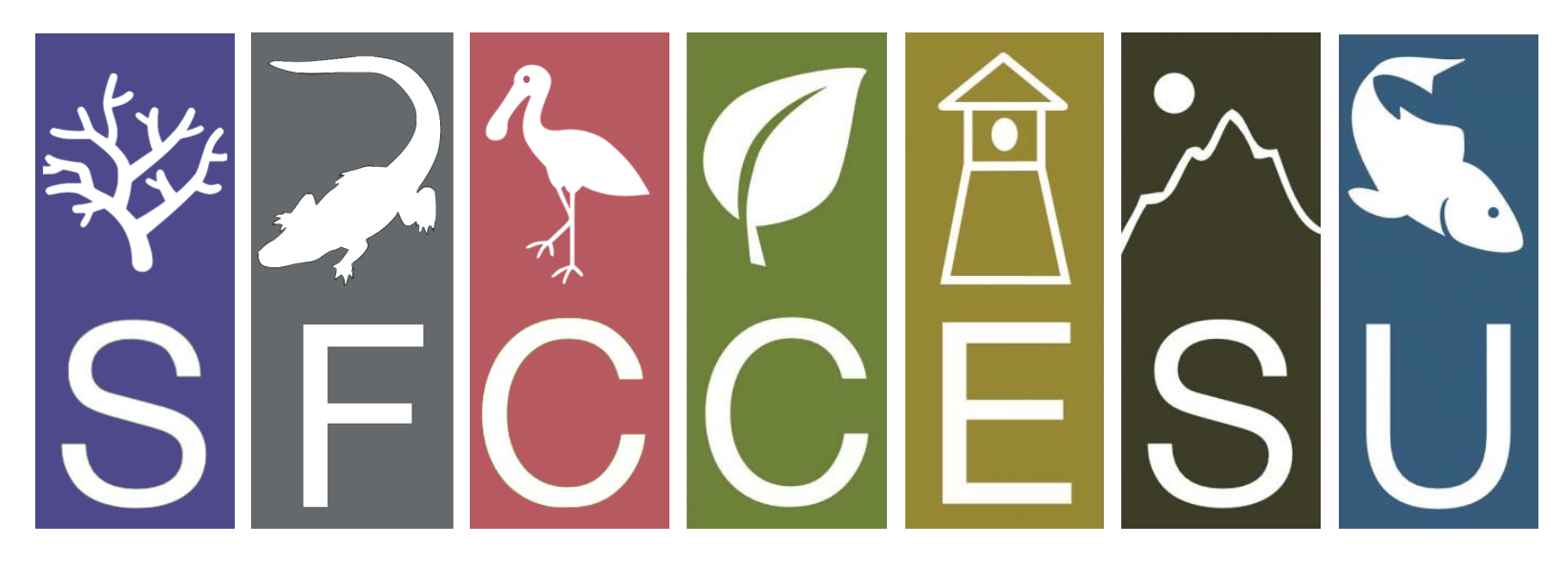General Information
*Application Date: 31 October 2016
Funding Agency: National Park Service
Funding Amount: Up to $200,000
Project Initiation: 2017
Period of Performance: 1 year
Opportunity Description
Theodore Roosevelt National Park requests professional assistance in the preparation of a plan that will guide future park focus areas, priorities, and actions pertaining to visitor use and experience. The park had 580,033 in 2015 and has seen a 33% increase in visitation in 2016 to date. The Centennial of the National Park Service (NPS) has brought attention to President Roosevelt’s legacy of public land preservation and his contributions to the agency’s creation. Moreover, the park is the only site in the 412 unit national park system to have a United States Postal Service stamp and an America the Beautiful quarter release in one year. Finally, the park was the only US national park to be featured (alongside Mexico City, Malta, Bordeaux, and the Virgin Islands) on the New York Times 52 Places to Visit in 2016 list.
While the park is enjoying renewed attention and increased visitation, the external impacts of the Bakken oil boom continue to affect the visitor experience and park resources. Advances in shale oil production through fracking technology have catapulted North Dakota into the second highest oil production position in the nation behind Texas. Unprecedented oil industry growth now surrounds each of the park’s three units. Williston, Watford City, and Dickinson, three of the fastest growing small cities in the United States, are located less than an hour from the park. The exceptional dark night skies of western North Dakota are lit by gas flares and drilling rigs. The industry’s need for water and oil transportation have resulted in wells, pipelines, storage tanks, dangerous road conditions, and regular spills. Scenic vistas are marred by industrial development on the horizon. Visitors can see industrial infrastructure outside the park from almost every vantage point. While the boom and growing communities bring challenges, they also present extraordinary opportunities for outreach and partnership building.
North Dakota has five NPS sites and Theodore Roosevelt National Park is the state’s only dedicated national park. The 70,447 acre park is comprised of three units connected by the Little Missouri River including: the North Unit (24,070 acres); South Unit (46,159 acres); and the Elkhorn Ranch Unit (218 acres). Designated wilderness makes up 19,410 acres of the North Unit and 10,510 acres of the South Unit. Both the North and South Unit scenic roads can be traveled by car and hiking trails give visitors access to the backcountry. The Elkhorn Ranch Unit, where Theodore Roosevelt built his famous Elkhorn Ranch cabin, is remote and takes several hours to visit via gravel roads. There are two visitor centers in the South Unit and a visitor contact station in the North Unit. Both the North and South Units have one campground. Other visitor amenities are available in the gateway communities of Medora and Watford City.
The park completed a Long Range Interpretive Plan in 2011 and a Foundation Document in 2014. These documents define park key issues, interpretive themes, fundamental resources and values, planning and data needs, and cover all of the laws and agreements that guide park management. These completed documents provide good background information to the park and project team, but do not provide adequate direction for future facility changes and visitor experience goals.
This plan would study how people are currently experiencing and using the park, and propose changes to park operations and facilities that would improve upon those experiences. The project should include:
• a determination of what visitors expect from their park experiences
• a survey, analysis, or other measurement of which facilities, amenities, and neighboring communities are visited by the park
• a proposal for the most efficient use of park facilities; including if any facilities should be added or removed
• a determination if visitor uses are negatively impacting any park resources, and proposed actions to mitigate or overcome those impacts
• recommendations for how to increase the park’s relevancy to current and potential park visitors
The planning process will utilize public input as a critical component of the planning process. The end result of the project will help the park determine how to allocate resources and staffing, and how to cultivate and leverage partnerships for particular projects in the future.
Eligibility Information
The Park is looking for a researcher. Award is planned as a CESU or cooperative agreement and will carry out a public purpose of support or stimulation instead of acquiring goods or services for the direct benefit of the park. Substantial involvement will occur between the park and non-federal partner.
Application Process
See attachment for application information and further details.
